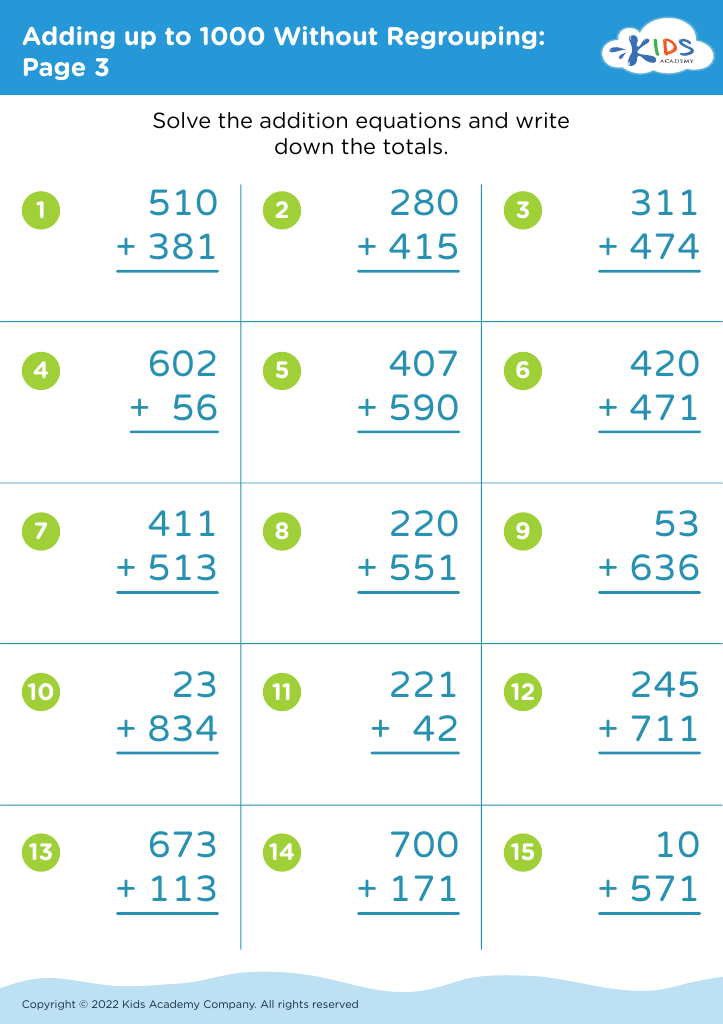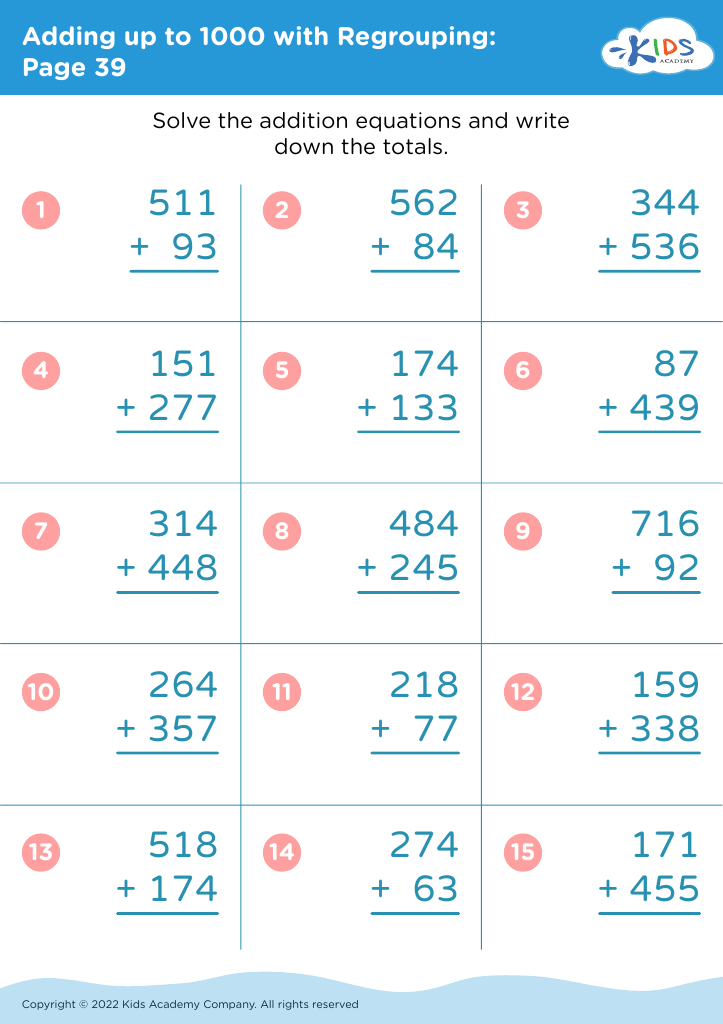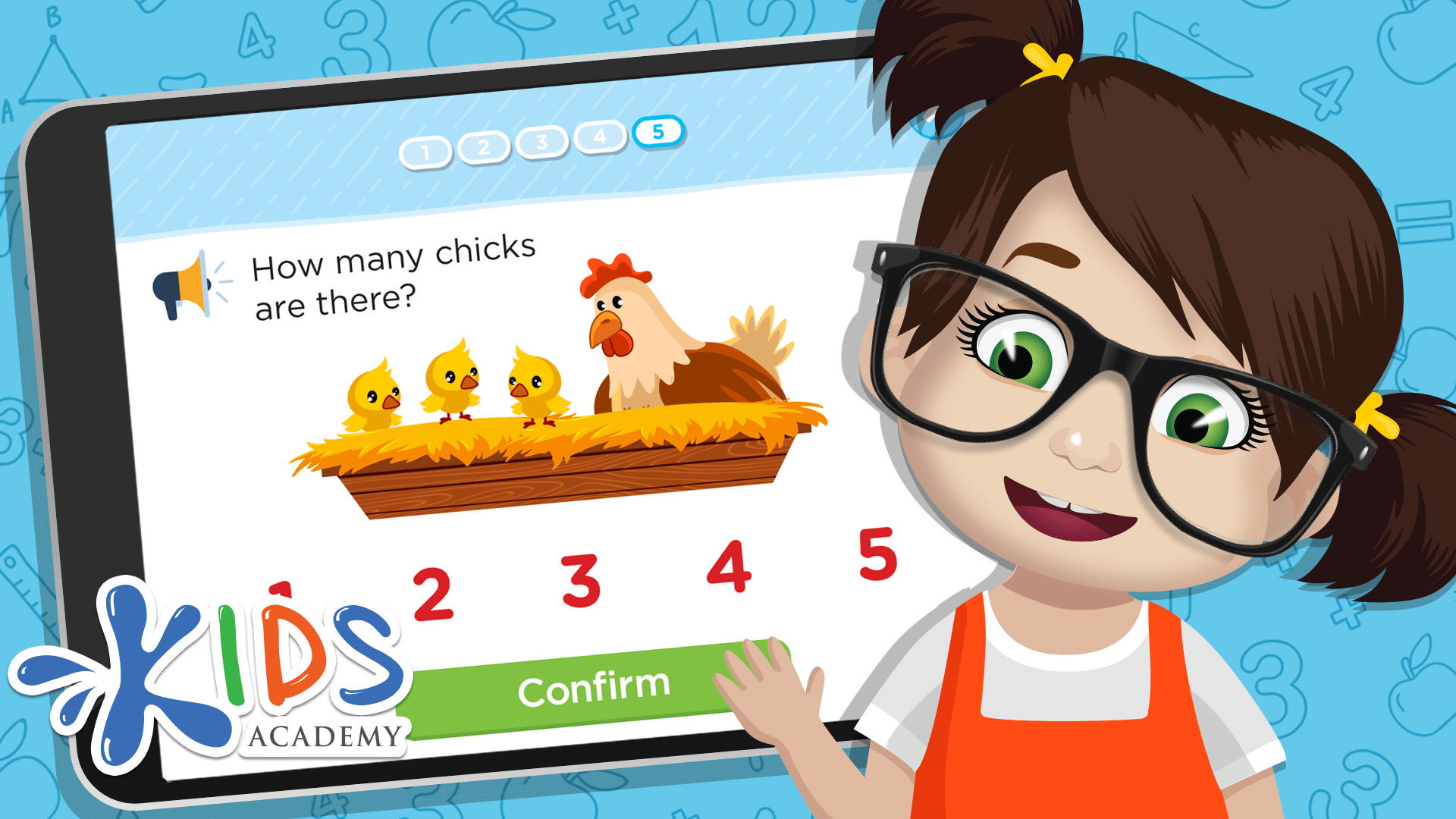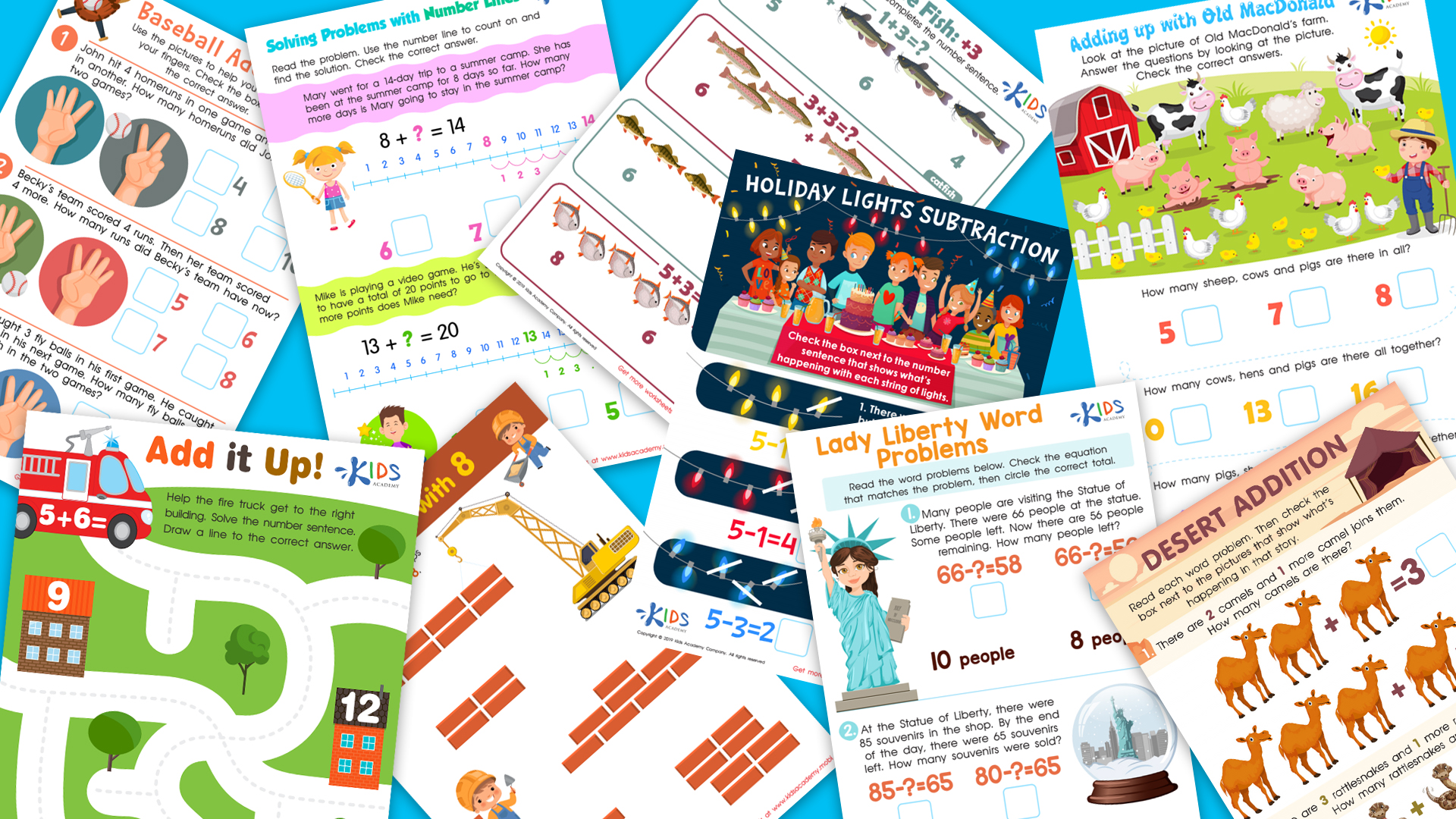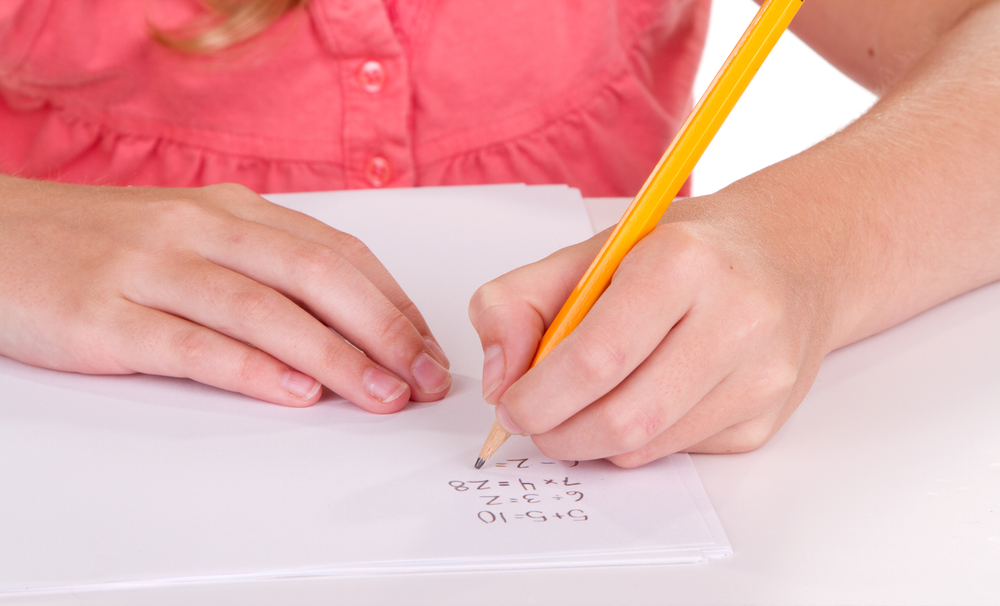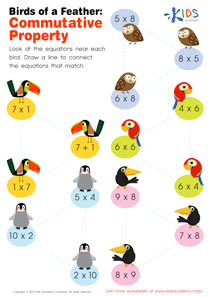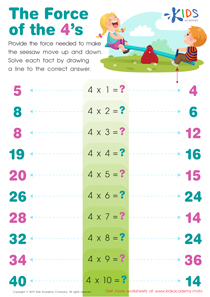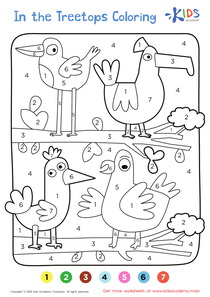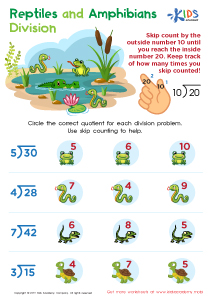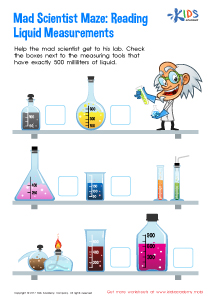Understand patterns Grade 3 Addition & Subtraction Worksheets
3 filtered results
-
From - To
Explore our engaging Grade 3 Addition & Subtraction worksheets focused on understanding patterns! Designed to enhance students' computational skills, these worksheets encourage logical thinking and proficiency in solving problems. Through a variety of exercises, learners will recognize and apply mathematical patterns, reinforcing their addition and subtraction abilities. Our carefully crafted activities cater to different learning styles, ensuring that each child can progress at their own pace. Whether at home or in the classroom, these resources provide valuable support in building a strong foundation in math. Download our worksheets today and help your child master key concepts in a fun and interactive way!
Understanding patterns in Grade 3 addition and subtraction is crucial for children's mathematical development, and it holds significant implications for both parents and teachers. First, recognizing patterns helps students grasp underlying concepts in mathematics, facilitating enhanced problem-solving skills. For instance, students learn to identify how numbers relate to each other, such as realizing that adding zero to a number leaves it unchanged, or observing the relationship between addition and subtraction.
Moreover, these foundational skills contribute to greater confidence in tackling more complex mathematical concepts in later grades. Students who understand patterns are better equipped to explore multiplication, division, and even fractions, as these areas often build on basic addition and subtraction principles.
For parents and teachers, fostering pattern recognition means providing a supportive environment for mathematical exploration. Strategies such as engaging with manipulatives, using visual aids, and incorporating games can make learning about patterns enjoyable and effective. Furthermore, consistent practice through discussions and exercises at home can reinforce these skills. Ultimately, caring about how third graders understand patterns in addition and subtraction directly influences their academic success and instills a lifelong appreciation for mathematics.

